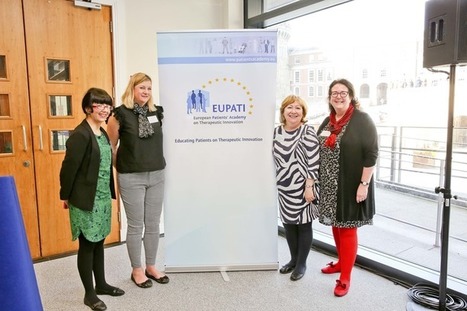A new study by EUPATI has revealed a belief among pharmaceutical industry personnel that greater involvement of patients and the public could improve medicines research and development (R&D). The study, which is one of the first of its kind and part of the wider European Patients’ Academy (EUPATI) project, was published today in the BMJ Open.
Patients have become increasingly involved in managing their own health over recent years. Although still an emerging area, patient involvement in medicines R&D – in which patients are actively involved in research projects and in research organisations – is most visible in public research environments (e.g. the UK’s National Institute for Health Research) and areas where existing treatment options are limited (e.g. rare diseases).
Researchers interviewed 21 pharmaceutical industry professionals, representing 11 companies, from the UK, Spain and Poland, with diverse professional roles including pan-European roles, about their attitudes regarding Public and Patient Involvement (PPI) in medicines R&D.
Most of the professionals had positive beliefs about PPI, and many were optimistic that greater involvement of patients and the public would contribute positively to the medicines R&D process. However, those in Spain and Poland expressed more uncertainty about the benefits and value of PPI than those in the UK or with pan-European roles.
The interviewees also highlighted potential barriers to further PPI activity within the sector, including a sense that the concept was too intangible at the moment to persuade industry leaders of its importance and benefits; that organisational codes of practice currently represent obstacles to PPI; and that it may be difficult to engage public and patients if they have negative views of the sector.
As a result of the study, the EUPATI project is discussing the potential for a new direction towards PPI in industry-led medicines R&D and has identified examples of patient/industry partnerships in this area.
Via rob halkes



 Your new post is loading...
Your new post is loading...









Patients like no other can give directions to unmet needs and wishes in medicine research. their experiences might even give new direction in new developments in drug research and design.
However as indicated elsewhere: collaborating with other stakeholders goes further than just seeing them as marketing targets.
See this blog by Andrew Spong. See here
In a different perspective, it must be said that the relationships between patient advocacy Groups and the pharma industry is not an easy one too. See PatientView